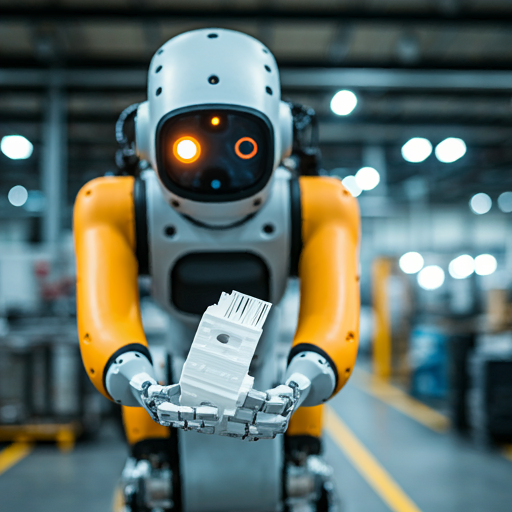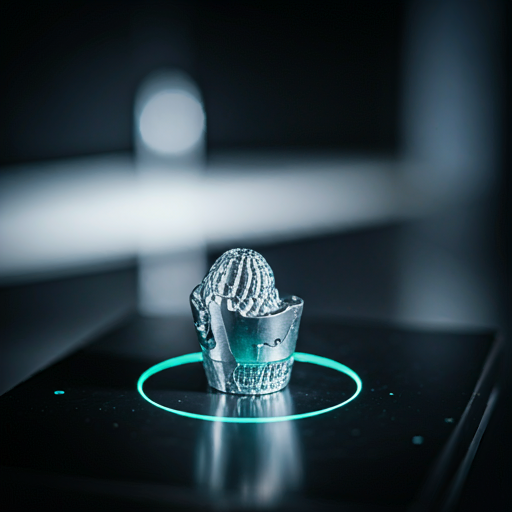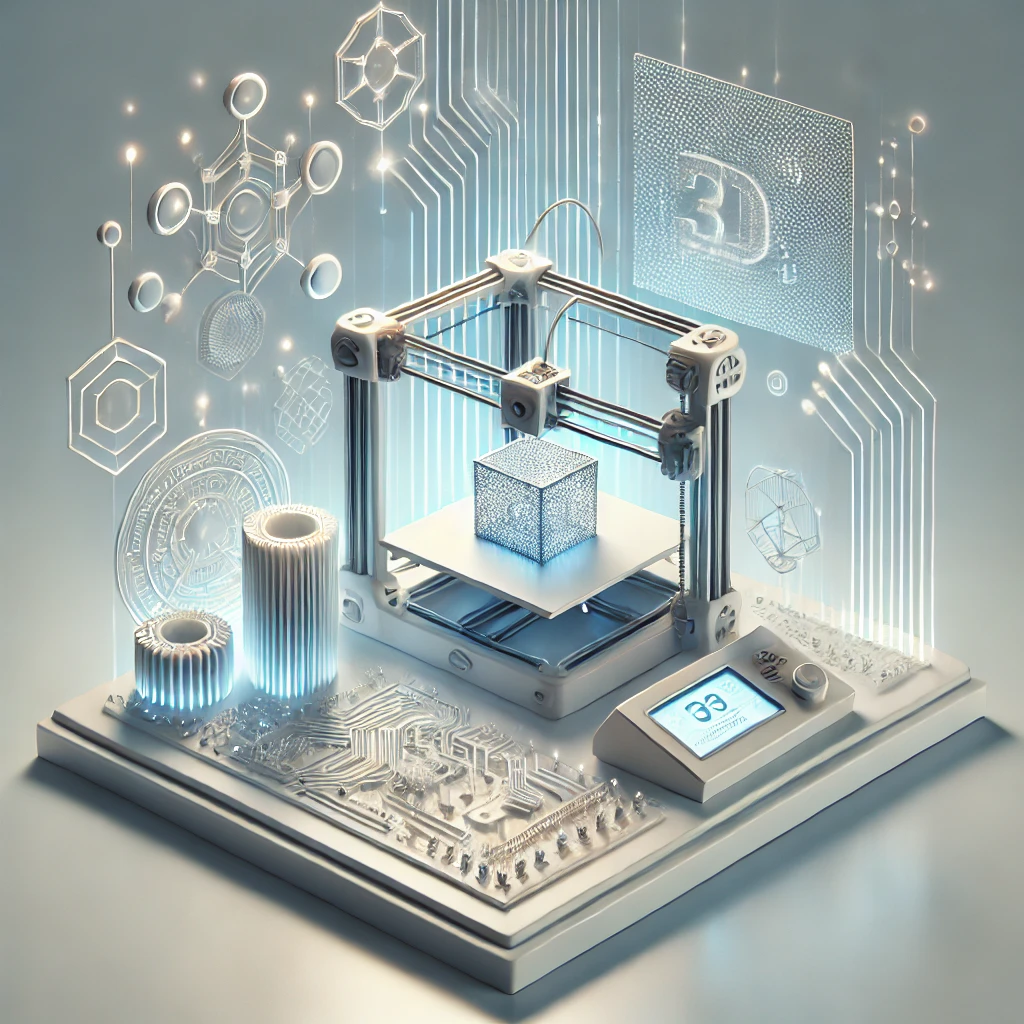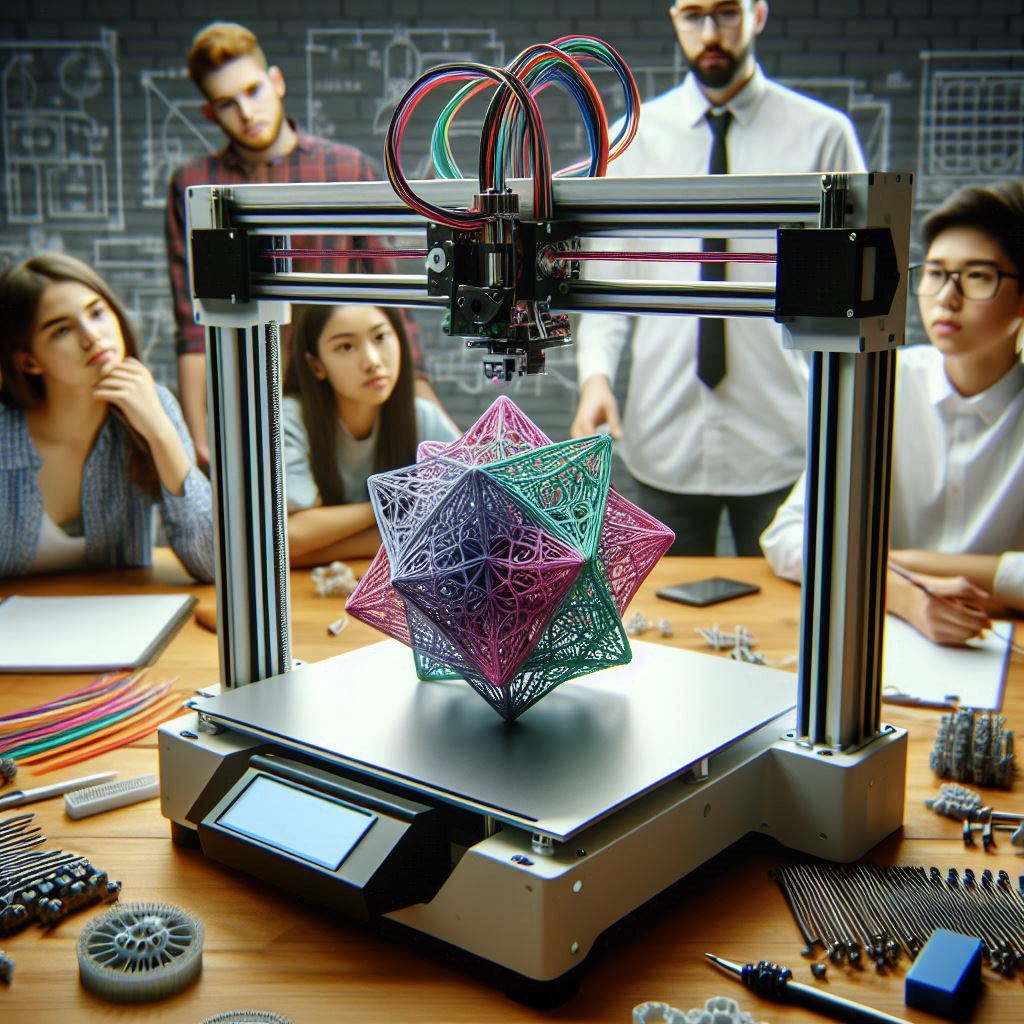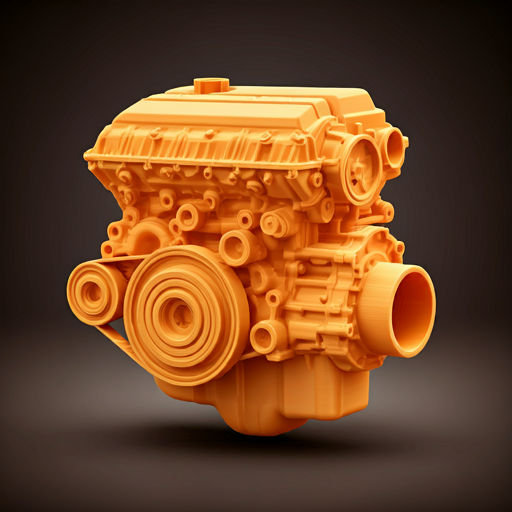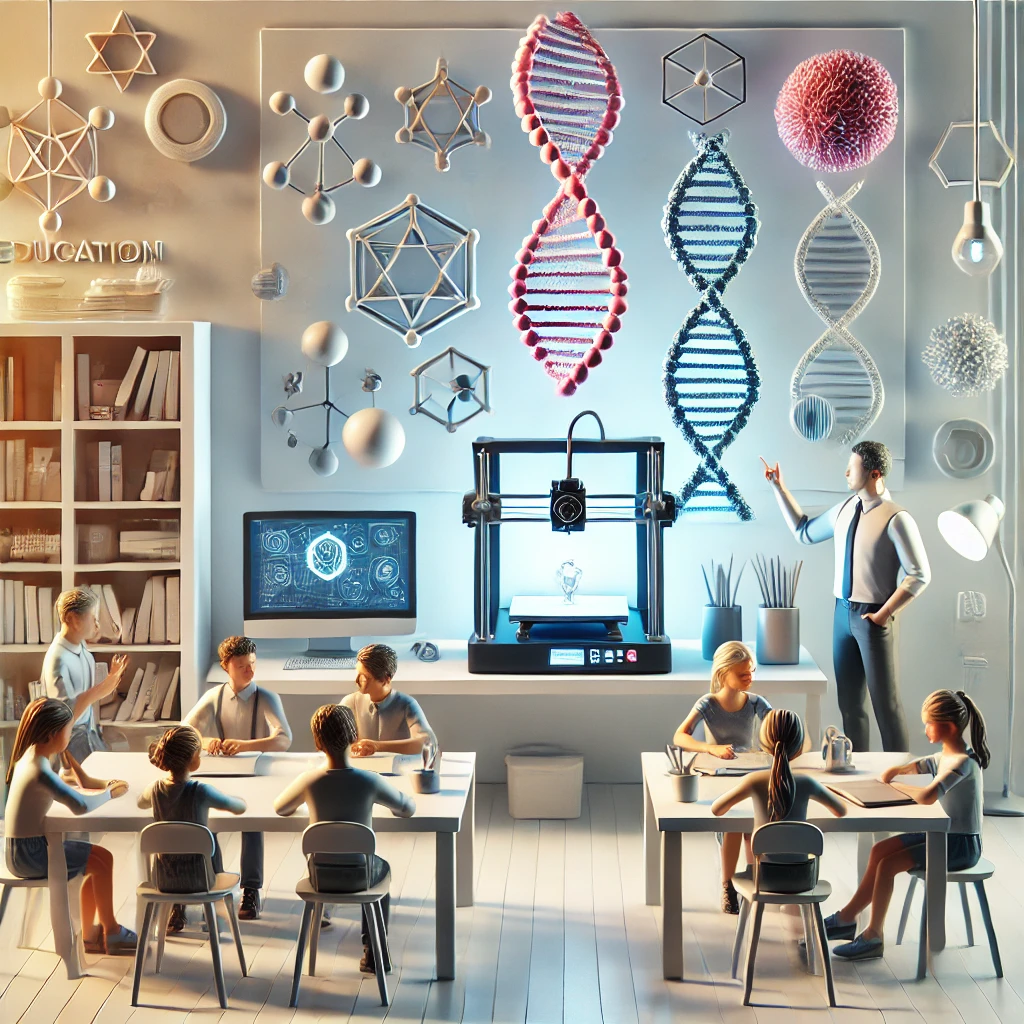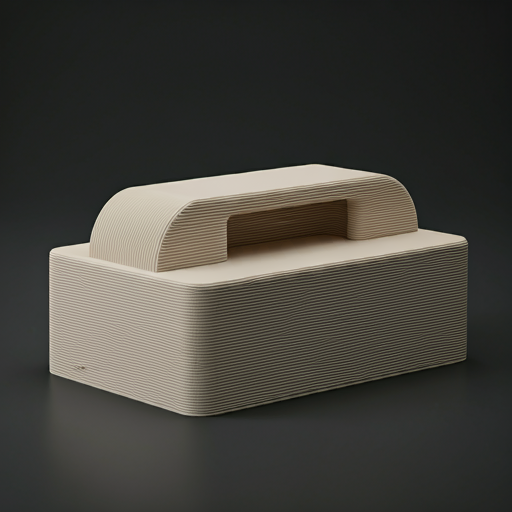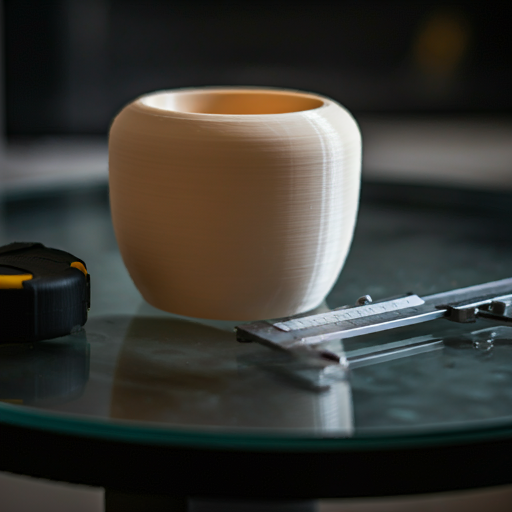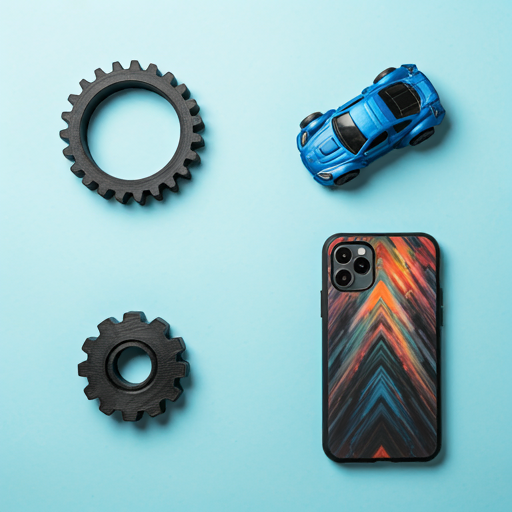
Introduction to Advantages Of 3D Printing
Imagine being able to create anything you want, exactly how you want it, all from the comfort of your home!
Would you believe it ?
Well, you should, because 3D Printing makes it possible! 3D Printing involves constructing a three-dimensional object from a CAD model or a digital 3D model.
This highly sought-after technology is used by many companies and industries to meet their needs for:
- Part manufacturing
- Rapid Prototyping
And many other customized requirements, depending on the industry that utilizes this cutting-edge Additive Manufacturing technology.
Check out some cool 3D printed Objects here.
Why should You Read This ?
In this Blog we would like to discuss about the various advantages you will be able to have over conventional manufacturing methods by using 3D printing.
- If you are an entrepreneur who wants to incorporate this technology into your business or want to know about how this could revolutionize your business , then sit back and give it a good read.
- Students wanting to learn more about Additive manufacturing and its advantages will surely be rewarded with valuable information at the end of reading this.
To learn more about the various 3D printing technologies, click here.



Advantages Of 3D Printing
1.Time

3D printing can be done by anyone , anywhere , anytime and all year around with just a few basic prerequisites , sounds interesting right?
time is money in any industry
3D printing, also known as additive manufacturing, is revolutionizing the way we approach time efficiency in production and prototyping. One of its most significant advantages is the ability to rapidly produce prototypes and parts. Traditional manufacturing methods often involve lengthy setup times, including creating molds and tooling, which can take weeks or even months. In contrast, 3D printing allows for the creation of a physical model directly from a digital design in just a few hours. This rapid turnaround accelerates the design and testing phases, enabling faster iteration and refinement of products.
Moreover, 3D printing streamlines the manufacturing process by eliminating the need for multiple steps and intermediate stages. Once a design is finalized, it can be sent directly to the printer, significantly reducing lead times. This is particularly beneficial for industries that require quick responses to market demands or need to produce small batches of custom parts. The speed and efficiency of 3D printing not only shorten development cycles but also enhance the ability to innovate, allowing businesses to bring new products to market more quickly and stay competitive in fast-paced environments.
2. Materials

One of the key advantages of 3D printing is its versatility in materials. This technology supports a wide range of materials, each with unique properties that cater to various applications. Plastics are the most commonly used, with options like PLA, ABS, and PETG being popular for their ease of use and affordability. These materials are ideal for prototypes, educational projects, and consumer products. For more durable and functional parts, materials like nylon and polycarbonate offer higher strength and flexibility.
In addition to plastics, 3D printing also accommodates metals, ceramics, and resins. Metal 3D printing, using materials such as stainless steel, titanium, and aluminum, is particularly valuable in aerospace, automotive, and medical industries due to its ability to produce strong, lightweight, and complex components. Ceramic materials are used for applications requiring high heat resistance and biocompatibility, making them suitable for dental and biomedical implants. Resin-based 3D printing, including photopolymers, allows for high-detail and smooth surface finishes, which are essential for jewelry, dental models, and intricate prototype.
The continuous development of new materials expands the potential of 3D printing even further. Composite materials, which combine different elements to enhance properties, are gaining popularity. These include carbon-fiber reinforced plastics for increased strength and lightweight characteristics, as well as conductive materials for electronics. This growing material diversity not only broadens the scope of 3D printing applications but also drives innovation across multiple industries, making it an essential tool for modern manufacturing and design.
3. Design Flexibility

3D printing offers unparalleled design flexibility, enabling the creation of complex and intricate geometries that are often impossible with traditional manufacturing methods. Unlike conventional techniques, which may require assembly of multiple parts or compromise on design due to manufacturing constraints, 3D printing allows for the production of single, cohesive components. This ability to fabricate intricate designs with internal structures, overhangs, and intricate lattice patterns opens up new possibilities for innovation in various fields, from aerospace to medical devices.
Moreover, 3D printing facilitates rapid design iterations and customization. Designers can easily modify digital models and produce updated versions quickly, fostering a more iterative and responsive design process. This is particularly beneficial for bespoke products and applications where customization is key, such as personalized medical implants, custom-fit footwear, and tailored consumer goods. The flexibility to adapt and refine designs without setup costs not only accelerates development but also reduces waste and enhances efficiency, making 3D printing a powerful tool for modern manufacturing and product development.
4. Cost Of Manufacturing

There you go , something you always have at the back of your head, COST, but you've got reasons to smile , because 3D printing with all these advantages doesn't necessarily have to be costly.
That being said it is always possible that your design and product complexity will highly determine the cost of the product.
3D printing offers significant cost advantages in manufacturing, particularly for low-volume production and prototyping. Traditional manufacturing methods often involve high upfront costs for tooling, molds, and setup, which can be prohibitive for small batches or custom parts. In contrast, 3D printing eliminates the need for these expensive preparatory steps, allowing for direct production from digital designs. This reduction in initial costs makes 3D printing an economical choice for creating prototypes, custom parts, and small production runs, enabling companies to bring products to market more quickly and at a lower cost.
Additionally, 3D printing reduces material waste, which can contribute to overall cost savings. Traditional subtractive manufacturing processes, such as milling and machining, often result in significant material loss, as excess material is cut away from a larger block. 3D printing, however, is an additive process that builds parts layer by layer, using only the necessary material for the final product. This efficiency not only minimizes waste but also reduces the cost of raw materials, particularly for expensive materials like metals and specialized polymers. Overall, the cost-efficiency of 3D printing, combined with its ability to produce complex and customized parts, makes it a valuable tool for modern manufacturing.
For more such 3D printing ideas, head over to our official https://iamrapid.com
5. Single Step Manufacturing

3D printing revolutionizes manufacturing through its single-step production process. Traditional manufacturing often involves multiple stages, such as cutting, molding, assembling, and finishing, each requiring different tools and machinery. This multi-step process can be time-consuming, labor-intensive, and prone to errors. In contrast, 3D printing allows for the creation of complex parts in a single step directly from a digital model. This eliminates the need for assembly and reduces the likelihood of errors, resulting in a more streamlined and efficient manufacturing process.
The single-step manufacturing capability of 3D printing also significantly reduces lead times. With traditional methods, creating a new part can take weeks or even months due to the extensive setup and tooling required. However, 3D printing can produce parts in a matter of hours or days, regardless of complexity. This rapid turnaround is especially beneficial for industries that require quick prototyping, fast production cycles, or on-demand manufacturing. Moreover, the ability to produce fully functional parts in one go without the need for additional assembly or finishing steps leads to lower labor costs and higher production efficiency.
Overall, the single-step manufacturing process enabled by 3D printing enhances flexibility and responsiveness in production. Companies can quickly adapt to changing market demands, customize products easily, and reduce the costs associated with traditional manufacturing methods.
In most cases the, components that are 3D printed can be directly used for the desired applications without any post processing .
6. Risk Mitigation

3D printing offers significant advantages in risk mitigation throughout the manufacturing process. One of the key ways it reduces risk is by enabling rapid prototyping and iterative testing. Before committing to full-scale production, designers and engineers can create and test multiple prototypes quickly and cost-effectively. This allows for the identification and correction of design flaws early in the development cycle, minimizing the risk of costly errors and ensuring that the final product meets quality and performance standards.
Additionally, 3D printing supports just-in-time production, which reduces the need for large inventories and the associated financial risks. With 3D printing, companies can produce parts and products on demand, lowering inventory costs and reducing the risk of overproduction. This flexibility also allows for more quick responses to market changes, enabling companies to adjust their production strategies quickly and efficiently.
Furthermore, the ability to produce complex and customized parts without extensive tooling reduces the dependency on a limited number of suppliers, mitigating supply chain risks. In times of disruption, such as natural disasters or geopolitical tensions, companies can maintain continuity by leveraging in-house 3D printing capabilities or shifting production to other locations. This decentralized approach to manufacturing enhances resilience and reduces the risk of production delays caused by external factors. Hence, 3D printing not only streamlines the production process but also provides robust solutions for managing and mitigating risks in the manufacturing landscape.
7. Customization

3D printing excels in providing unmatched customization capabilities, making it a game-changer for industries that require tailored solutions. Traditional manufacturing methods often involve significant costs and time for creating molds and setups specific to each design, making customization expensive and impractical for small batches. In contrast, 3D printing allows for easy modifications of digital models, enabling the production of customized parts without additional tooling costs. This flexibility is particularly beneficial in healthcare, where personalized medical devices, prosthetics, and implants can be designed to fit the unique anatomy of individual patients, enhancing comfort and effectiveness.
Moreover, the ability to produce customized products extends to consumer goods, automotive, and fashion industries, among others. For example, in the fashion industry, 3D printing allows designers to create bespoke jewelry, footwear that cater to individual tastes and measurements. Similarly, in the automotive sector, custom parts and accessories can be designed to meet specific performance or aesthetic requirements of customers. This level of customization not only improves user satisfaction but also opens up new market opportunities for businesses to offer differentiated products.
The ease of customization reduces lead times and costs associated with product development, enabling a more quick response to market demands and personalized consumer preferences.
To check out for more customizable features of Additive Manufacturing click here
7. Ease Of Access

3D printing has significantly improved ease of access to manufacturing and prototyping, making it more attainable for small businesses, educational institutions, and even hobbyists. Desktop 3D printers have become increasingly affordable and user-friendly, allowing individuals and small enterprises to experiment with design and production without substantial investment in traditional manufacturing equipment. This democratization of technology means that anyone with a creative idea and basic knowledge of CAD software can produce physical objects, fostering innovation and entrepreneurship on a smaller scale.
Educational institutions have also benefited greatly from the ease of access to 3D printing technology. Schools and universities can now incorporate 3D printing into their curricula, providing students with hands-on experience in design, engineering, and manufacturing. This exposure not only enhances learning but also prepares students for future careers in various fields where 3D printing is becoming a standard tool. Moreover, access to 3D printing encourages interdisciplinary collaboration, allowing students from different fields such as art, engineering, and medicine to work together on projects, thereby broadening their skill sets and creative problem-solving abilities.
Furthermore, the rise of online platforms and communities has made 3D printing even more accessible. Websites offering free or affordable 3D models, tutorials, and forums for troubleshooting enable users to start printing quickly and effectively. Additionally, local maker spaces and 3D printing services provide access to more advanced equipment and materials for those who need higher capabilities than their personal printers can offer. This widespread accessibility ensures that a broader range of people can leverage the benefits of 3D printing, from creating custom solutions and rapid prototypes to advancing educational goals and sparking innovation.
Availability of newer materials at lower costs and many industries opting to promote and encourage start ups has eventually lead to all of us having the privilege of being able to access the services very easily.
To learn more about the positive influence of this accessibility on our society, Click here
7. Sustainability

3D printing offers significant sustainability advantages, contributing to more eco-friendly manufacturing processes. Traditional manufacturing often involves subtractive techniques, where material is cut away from a larger block, leading to considerable waste. In contrast, 3D printing is an additive process that builds objects layer by layer, using only the material necessary for the final product. This efficient use of materials reduces waste, conserving resources and minimizing the environmental impact of production. Additionally, many 3D printing materials are recyclable, and ongoing research is leading to the development of more sustainable and biodegradable options.
Moreover, 3D printing can significantly reduce the carbon footprint associated with manufacturing. By enabling localized production, it reduces the need for long-distance transportation of goods. Products can be printed on-demand, closer to where they are needed, decreasing the reliance on global supply chains and the associated emissions from shipping. This capability is especially beneficial for spare parts and custom items, which can be produced locally rather than being shipped from centralized factories. The reduction in inventory requirements also means less energy is consumed in warehousing and storage, further enhancing the sustainability of the manufacturing process.
Overall, the sustainable aspects of 3D printing align with the growing emphasis on environmental responsibility in industry. By minimizing waste, reducing transportation emissions, and promoting the use of eco-friendly materials, 3D printing supports a more sustainable approach to production. This not only helps companies meet regulatory and consumer demands for greener practices but also contributes to the global effort to mitigate environmental impact and promote resource efficiency.
Hence we see how technically advanced, environmentally friendly and sustainable 3D printing really is !
Conclusion
In conclusion, the benefits of 3D printing are transformative across various industries and applications. From rapid prototyping and customization to cost-effective small-batch production, 3D printing revolutionizes traditional manufacturing processes by offering unparalleled design flexibility and reducing time-to-market significantly. Its ability to create complex geometries, minimize material waste, and support sustainable practices underscores its role in fostering innovation while reducing environmental impact.
Moreover, 3D printing democratizes manufacturing by making it accessible to small businesses, educational institutions, and individuals, empowering them to innovate and create without the barriers of traditional manufacturing costs and setup. As the technology continues to advance, with ongoing developments in materials and printing capabilities, its potential to drive further efficiency, customization, and sustainability in manufacturing is poised to reshape industries and inspire new possibilities for design and production.
For any further inquiries about harnessing the advantages of 3D printing, we invite you to visit our website. It's essential to grasp the fundamental aspects of 3D printing, including material versatility, design flexibility, rapid prototyping capabilities, and customization options, to achieve exceptional results tailored to your specific needs. Whether your focus is on intricate models, functional prototypes, or cost-effective production, selecting the right 3D printing technology ensures dependable performance and efficiency for your projects. If you're interested in exploring our 3D printing services further, please reach out to us at iamrapid. Share your design requirements, material preferences, or specific project needs, and we'll assist you in finding the best solutions.
Feel free to share this valuable information with others to deepen their understanding of how diverse 3D printing technologies contribute to successful applications across various industries.

